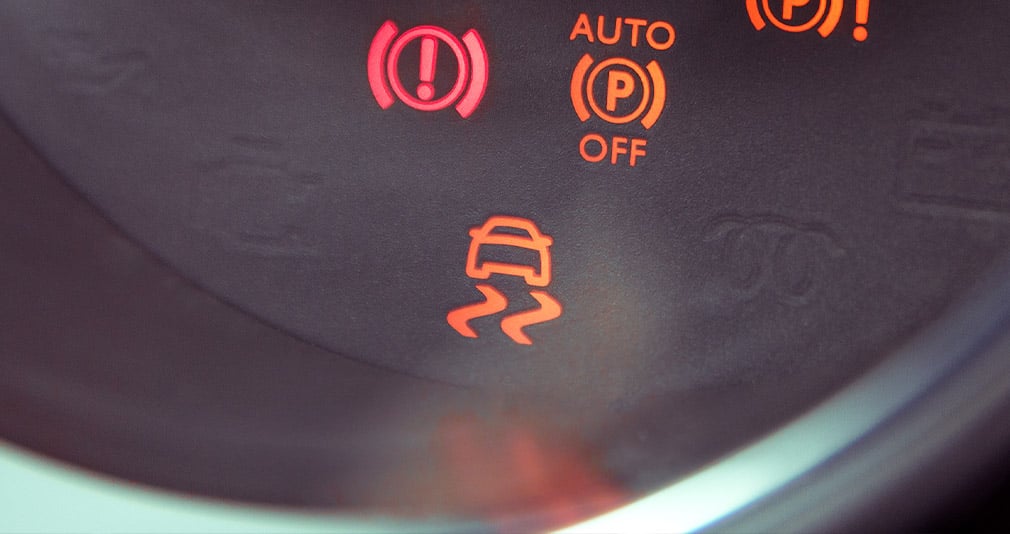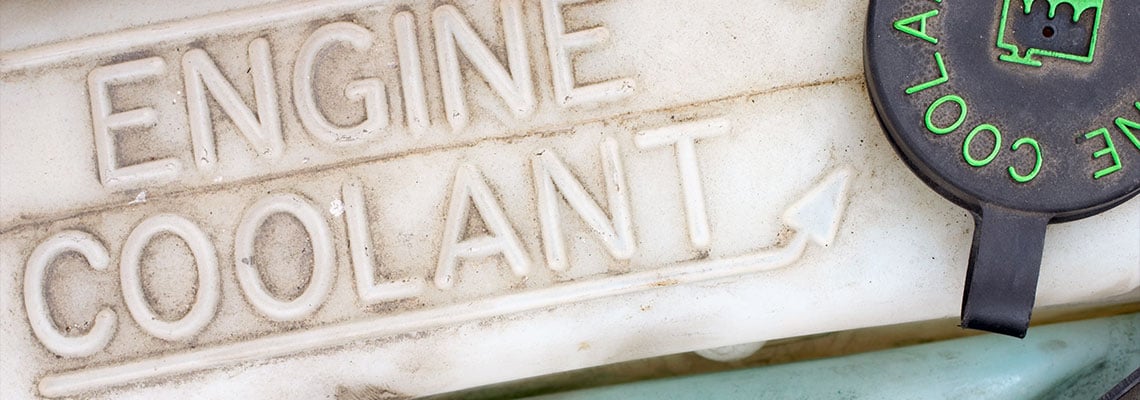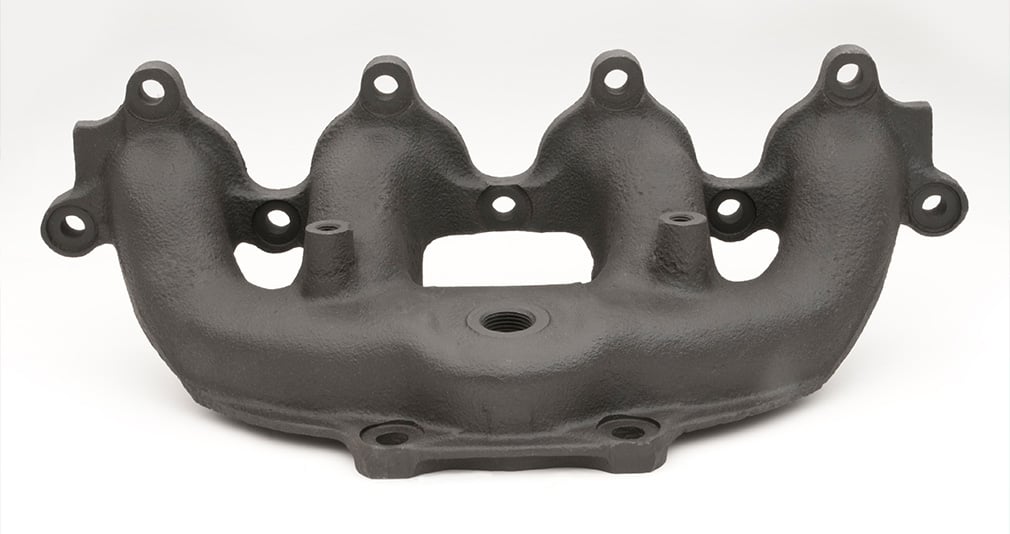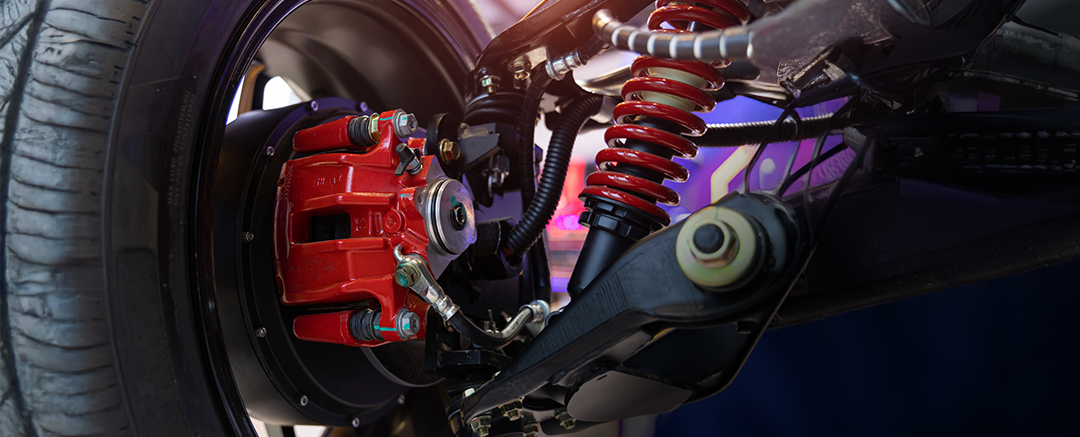Clevelanders are well-versed in how to endure extreme weather in Ohio, but when temperatures drop, it affects cars just as much as it affects people. Since cars can’t put on a sweater or turn up the heat, it’s important for drivers to know how to protect their vehicles from those sub-zero temperatures.
From a car that won’t start in cold weather to flat tires and frozen locks, freezing temperatures and car problems seem to go hand in hand. Cars that are parked outside are exposed to snow, sleet, rain and below-freezing temperatures, and even if a car is parked in a garage, away from the elements, it still will be affected by plummeting temperatures.
Knowing how to winterize your car for those inevitable freezing temperatures can help save money on repairs and avoid costly damage to vehicles. Here are seven common winter car problems and how to avoid them.
No. 1: Frozen Windshield Wipers
Windshield wipers become extremely vulnerable in cold, freezing weather. Sometimes they freeze to the windshield, and then the blades tear when the wipers are turned on. Unfortunately, oftentimes, a driver may only discover a broken windshield wiper when it's pouring rain, sleeting or snowing.
Tip: Make checking windshield wiper blades a part of regular maintenance and consider buying winter wiper blades, which are designed specifically for icy conditions. Before heading out each day, test windshield wipers and always clear accumulated ice and snow from the windshield before driving.
No. 2: Failed Spark Plugs
Spark plugs aren’t usually considered when doing winter preparation for a vehicle, but they should be. Car engines need more attention overall when the temperatures dip, and older spark plugs can fail when it’s cold because they’re more susceptible to corrosion. That corrosion makes it hard for them to make a spark and can leave drivers out in the cold.
Tip: Spark plugs should be checked as part of overall vehicle maintenance; don’t wait until they no longer fire to have them looked at. Any old, worn or cracked plugs should be replaced.
No. 3: Dead Batteries
This is one of the most common winter scenarios; AAA reports that it’s a top reason customers call them in the winter. Batteries lose about 35% of their power when the mercury dips down to 32 degrees, and when it hits 0 degrees, that battery has lost 60% of its oomph. Starting an engine in cold weather can take up to twice the amount of energy as required on a normal day, so it’s important for batteries to be ready to take on the cold.
Tip: Unless it’s a new battery (less than one year old), have it tested along with the engine’s starting and charging functions as part of a winter tune-up. It’s less expensive than being towed and certainly much warmer. Also, keep jumper cables in the trunk “just in case.”
No. 4: Car Won’t Turn Over
Sometimes, a cold car just doesn’t want to start. That’s especially true if it’s been left out in the cold overnight, since those temperatures make every part of a vehicle work harder. When a car doesn’t turn over and it’s not the battery or spark plugs, the problem could be thickened engine oil, frozen gas in the line or a bad starter or alternator.
Tip: Look for a way to keep vehicles warm overnight, such as parking them in a garage or using an engine block heater to keep the engine warm.
No. 5: Low Tires
Flat tires are never fun, and that’s particularly true in cold weather. But changing temperatures cause fluctuations in tire pressure: a temperature drop of 10 degrees will drop about 1 PSI from a tire, so a 30-degree drop could put tires below their recommended PSI. That affects things like traction, handling and the overall life of the tire, which is why it’s so important to check tire pressure regularly.
Tip: Make sure tires are properly inflated (check your car manual for details) or consider changing out existing tires for heavier, winter tires.
No. 6: Corroding Parts
It takes a lot of salt on the roads to clear that snow and ice, but salt can destroy more than frozen water. When it gets inside an engine, it can start corroding the metal – and usually it’s not discovered until permanent damage has been done.
Tip: Wash cars regularly during winter months and especially after driving on recently salted roads. Pay special attention to the brakes, wheel wells and undercarriage.
No. 7: Frozen Locks
Drivers being shut out of their cars by frozen locks ranks up there with dead batteries when it comes to service calls for AAA. It can happen when vehicles are wet and the water freezes in the locks, and can be frustrating and time-consuming to resolve.
Tip: Keep a can of de-icer on hand that will melt the ice. Hand sanitizer can also do the trick, since it has a high amount of ice-melting ethanol and isopropanol alcohol. Be careful not to force a key into a frozen lock, or to force it to turn when it’s stuck, as it can cause damage to both the key and the lock.
Northern winters are no joke, so being prepared for whatever Mother Nature does is crucial. Knowing how to prevent some of these common winter car problems with the tips featured here, as well as these helpful winter car accessories, will keep drivers both safer and happier. Visit your local auto repair shop for winter maintenance today to be prepared for tomorrow.















